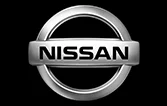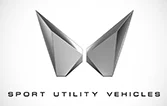Find Your Perfect Car
Popular Makes
Why choose us?
WE OFFER BEST CARS PRICES
On our platform, customers can browse a diverse selection of competitively priced used cars, making it easy to find the perfect vehicle that fits their needs and budget. We are committed to providing high-quality, well-maintained vehicles at great value, ensuring a seamless and satisfying buying experience for all.
SELECT YOUR DREAM CAR
Discover your perfect ride from our diverse collection of pre-owned cars, featuring a variety of makes, models, and styles. Whether you prioritize performance, comfort, or aesthetics, we make it easy to find a vehicle that matches your lifestyle and aspirations. Take your time, explore your options, and drive home a car that truly excites you.
TRANSPARENT TRANSACTION AND SERVICES
Experience the convenience and joy of our comprehensive car services. Enjoy free test drives, a wide selection of vehicles, hassle-free financing, quick RTO assistance, and 24/7 support. Our transparent process ensures a seamless car-buying journey, making your dream of owning a car a reality—easily and stress-free.





















